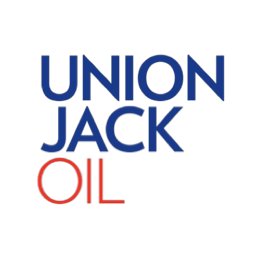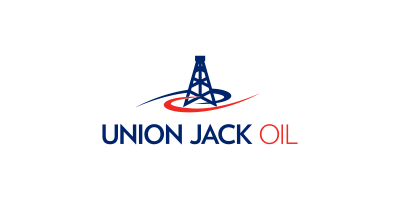A quiet resilience is beginning to shape oil market sentiment, where surface-level uncertainty conceals deeper positioning strength. As headlines fixate on geopolitical flashpoints, the real story may lie in how markets are adapting, not reacting.
The ongoing conflict between Israel and Iran continues to cast a shadow, but it is the restraint of markets that stands out. Despite elevated tensions and the strategic sensitivity of supply corridors in the Middle East, oil prices have remained remarkably composed. Brent crude, sitting just below $77, appears to reflect more than fear, it reveals a calculated belief that supply routes, while pressured, are still intact and functional. This suggests that the risk premium embedded in current pricing is being carefully managed rather than allowed to spiral.
Conversations around potential U.S. involvement have added complexity, but not chaos. Investors seem increasingly confident that energy flows through critical chokepoints, such as the Strait of Hormuz, will be preserved barring extreme developments. That confidence is underpinned by structural changes in global energy balances. The U.S. is now a substantial net producer, reducing its own dependency on Middle Eastern crude and, by extension, softening the global impact of regional unrest. This dynamic has become a powerful stabilising force, tempering short-term volatility with long-term strategic weight.
Economic policy in the U.S. is also playing a constructive role. With interest rates steady and forward guidance pointing to potential cuts, there is growing anticipation of supportive conditions for broader economic activity. This translates into a more favourable demand outlook for crude, an important counterweight to geopolitical headwinds. While inflation concerns remain, markets are beginning to trust that the policy mix may thread the needle, sustaining demand without overheating.
Market indicators reinforce this balance. Equities, bonds, and commodity flows have all exhibited signs of careful positioning rather than panic. There’s little evidence of indiscriminate selling or flight to safety. Instead, what emerges is a picture of measured adjustment. Safe-haven assets have gained slightly, but not disruptively. Oil futures, too, have moved in narrow bands, implying that investors are waiting for clarity, not scrambling for cover.
Looking forward, the setup appears constructive for longer-term energy exposure. If the current geopolitical situation de-escalates or stabilises, the embedded risk premium could unwind, supporting a moderate easing in prices. But even if tensions persist, the broader market’s ability to absorb and reprice risk without dislocation suggests a more durable floor under current levels. That’s a powerful signal in itself, evidence that supply chain adaptability, diversified production, and improved policy signals are redefining the market’s sensitivity.
Investors assessing this space may find that what’s not happening is as important as what is. The absence of extreme volatility in the face of notable geopolitical strain is revealing. It suggests a maturing market environment, one increasingly capable of navigating uncertainty without reverting to disorder.
Crude oil, once a barometer of panic in every geopolitical tremor, now moves with more deliberate weight. The world’s production and trading systems have changed. So too has the investor calculus.
Union Jack Oil plc (LON:UJO) is an oil and gas company with a focus on onshore production, development, exploration and investment opportunities within the United Kingdom and the United States of America hydrocarbon sector.






































